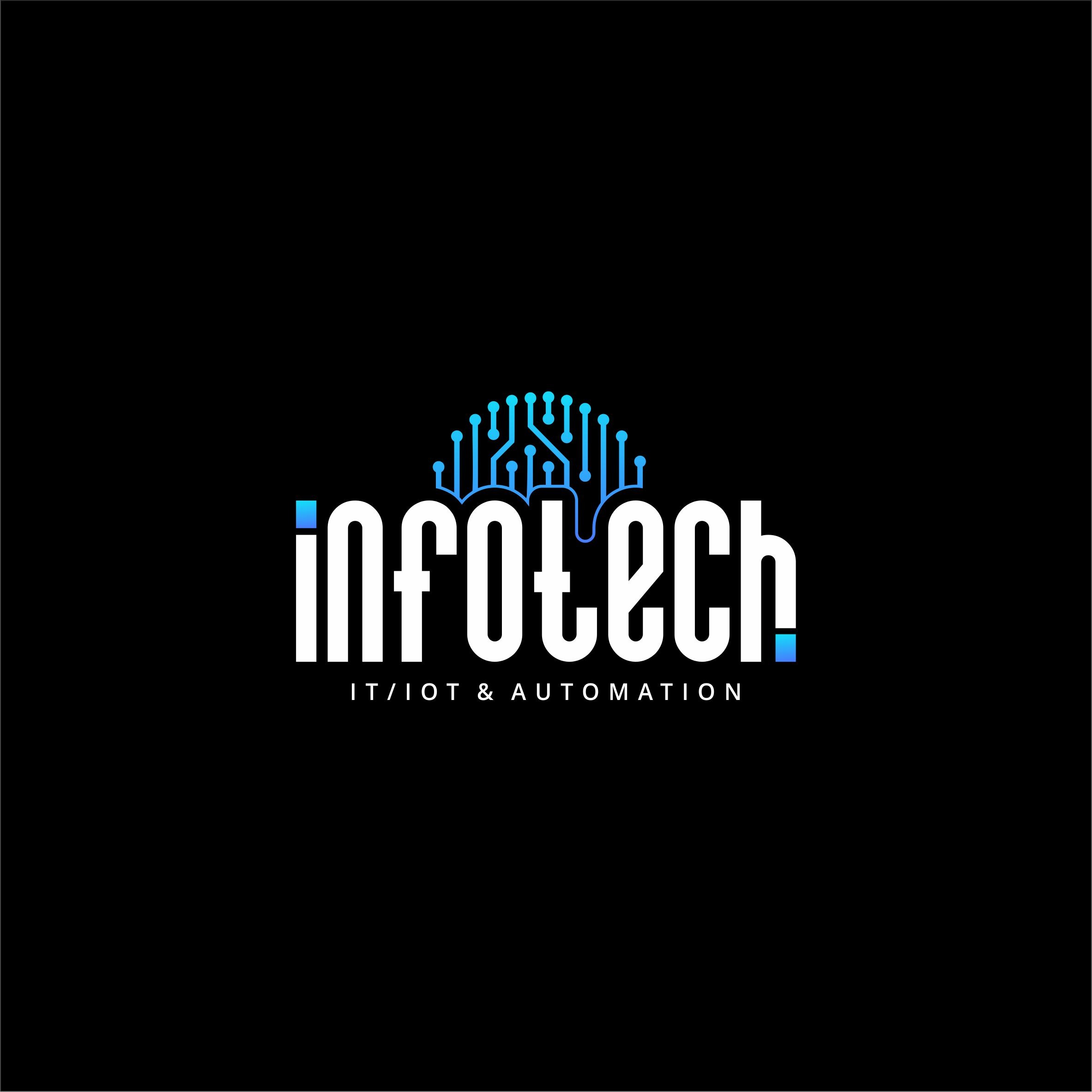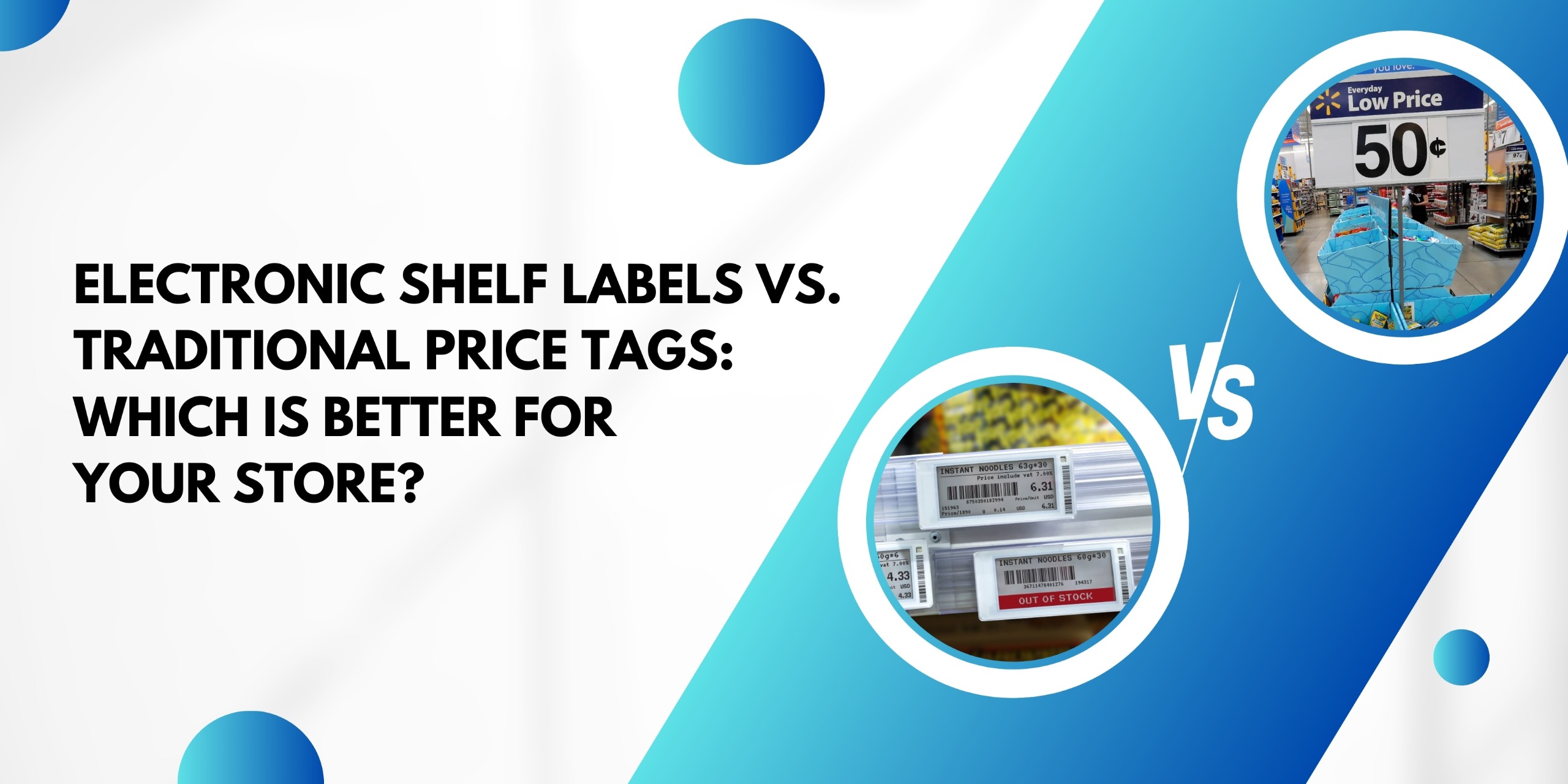Are outdated price tags costing you customers? In today’s fast-paced retail world, keeping up with accurate pricing is more important than ever. Traditional paper price tags can lead to errors, frustrated shoppers, and lost sales. Constantly updating them is time-consuming and inefficient. But what if there was a smarter way? Electronic Shelf Labels (ESL tags) offer a modern solution, allowing you to update prices instantly and accurately. Companies like Infotech Qatar are making it easier for retailers to adopt this technology and stay ahead of the competition. So, which is better for your store—traditional price tags or the advanced ESL technology? Let’s explore the options.
Traditional Price Tags: The Tried and True Method

Traditional price tags have been the standard in retail for decades. These are the paper or plastic labels you print and manually attach to shelves. While they’ve been reliable for years, there are several factors to consider when evaluating their continued viability in a modern store.
Pros:
- Low Initial Cost: Traditional price tags are inexpensive to produce, especially when using standard printing equipment. For small or single-location retailers, this low upfront cost can be appealing.
- Simplicity: There’s no need for complex technology or training. Anyone can print and place a price tag, making it an easy-to-implement system.
- Customization: Retailers can quickly adjust the design, colors, and size of price tags to fit various promotions, store aesthetics, or branding needs.
Cons:
- Labor-Intensive: Updating prices manually can be time-consuming, especially in larger stores. Staff must physically replace each price tag, leading to potential errors and inefficiencies.
- Inconsistent Accuracy: Price discrepancies can occur between the shelf and the register, frustrating customers and potentially leading to lost sales.
- Environmental Impact: Regularly printing and disposing of paper tags contributes to waste, making traditional price tags less sustainable in the long run.
Electronic Shelf Labels (ESL Tags): The Innovative Solution

Electronic Shelf Labels, or ESL tags, are digital price labels that can be updated wirelessly from a central system. These labels use e-ink technology similar to that found in e-readers, providing clear, easily readable displays that can be changed at the click of a button.
Pros:
- Real-Time Updates: With ESL tags, price changes can be made instantly across all locations, ensuring consistency between the shelf and the checkout. This reduces pricing errors and improves customer satisfaction.
- Long-Term Cost Savings: While the initial investment in ESL tags is higher, they can lead to significant savings over time by reducing the labor costs associated with manually updating price tags.
- Sustainability: ESL tags eliminate the need for paper tags, reducing waste and contributing to a more environmentally friendly operation.
- Enhanced Customer Engagement: ESL tags can display more than just prices. Retailers can use them to show promotional information, product details, or integrate a digital display board for more interactive communication with customers.
- Flexibility and Automation: Pricing strategies can be automated based on time, stock levels, or competitor pricing, allowing for dynamic pricing models that maximize profits.
Cons:
- Higher Initial Investment: The upfront cost of ESL tags and the necessary infrastructure, including the digital price tag machine setup, can be prohibitive for smaller retailers. However, this cost is often offset by long-term savings in labor and materials.
- Technical Challenges: Implementing ESL tags requires a reliable wireless network and technical know-how. There may also be a learning curve for staff in managing the new system.
- Maintenance Needs: While ESL tags are generally low maintenance, they do require occasional battery replacements and system updates, which may add to the overall upkeep.
Comparison Table: Traditional Price Tags vs. Electronic Shelf Labels (ESL)
Feature | Traditional Price Tags | Electronic Shelf Labels (ESL) |
Initial Cost | Low | Higher |
Maintenance | Manual updates | Occasional battery replacement |
Update Speed | Slow | Instant |
Environmental Impact | High (paper waste) | Low (sustainable) |
Error Rate | High (manual errors) | Low (automated updates) |
Customer Engagement | Basic (static information) | Advanced (dynamic information) |
Long-Term Cost | Higher (due to ongoing printing costs) | Lower (after initial investment) |
Which Is Better for Your Store?
The decision between traditional price tags and Electronic Shelf Labels ultimately depends on your store’s size, budget, and long-term goals. Here are a few scenarios to help guide your decision:

Small, Independent Retailers:
If you operate a small store with a limited number of products and price changes, traditional price tags might still be the most cost-effective option. The low initial cost and simplicity are attractive, especially if you don’t need to update prices frequently.

Medium to Large Retailers:
For stores with a larger inventory and frequent price changes, ESL tags offer a clear advantage. The time saved on manual updates, coupled with the increased pricing accuracy, can enhance both operational efficiency and customer satisfaction.

Sustainability-Conscious Businesses:
If reducing your environmental footprint is a priority, ESL tags are the way to go. The reduction in paper waste and the ability to update prices digitally align with green initiatives and can even appeal to eco-conscious customers.

Tech-Savvy Retailers Looking for an Edge:
If you want to stay ahead of the curve and implement dynamic pricing strategies, ESL tags provide the flexibility and automation you need to remain competitive. The ability to display more than just prices can also enhance the in-store experience and drive sales.
Conclusion
Both traditional price tags and Electronic Shelf Labels (ESL) have their advantages, but the right choice depends on your store’s needs. Traditional tags might work well for smaller shops with tight budgets, but ESL tags offer a modern solution that improves efficiency, accuracy, and sustainability. As the retail industry changes, investing in ESL technology from Infotech Qatar or Best Buy ESL could give your store the edge it needs to succeed.
Frequently Asked questions
What is ESL retail pricing?
ESL retail pricing uses digital labels to show product prices. These labels can be updated automatically, making it easy to change prices and run your store more efficiently.
How do traditional price tags work?
Traditional price tags are paper or plastic labels manually attached to shelves. They need to be physically replaced whenever prices change. This method has been the standard for many years in retail.
Can ESLs help increase customer engagement?
ESLs can display dynamic content like promotions and product information, which can enhance the shopping experience and engage customers more effectively. This feature can lead to higher sales and better customer satisfaction.
Are ESLs more expensive than traditional price tags?
ESLs have a higher upfront cost due to the technology involved, but they can save money in the long run by reducing labour and printing expenses. For many retailers, this investment pays off over time.
Are there any security concerns with using ESLs?
ESLs are generally secure, as they operate on encrypted wireless networks to prevent unauthorized access. Regular system updates and strong network security protocols further minimize potential risks.
“ESLs offer a modern solution that enhances efficiency, accuracy, and sustainability. Ready to elevate your retail experience? Explore ESL solutions with Infotech Qatar today!”



